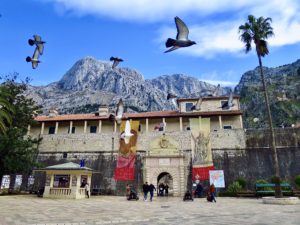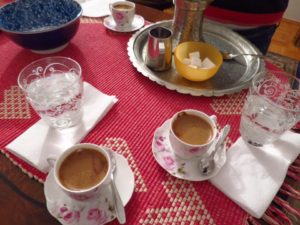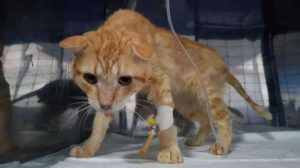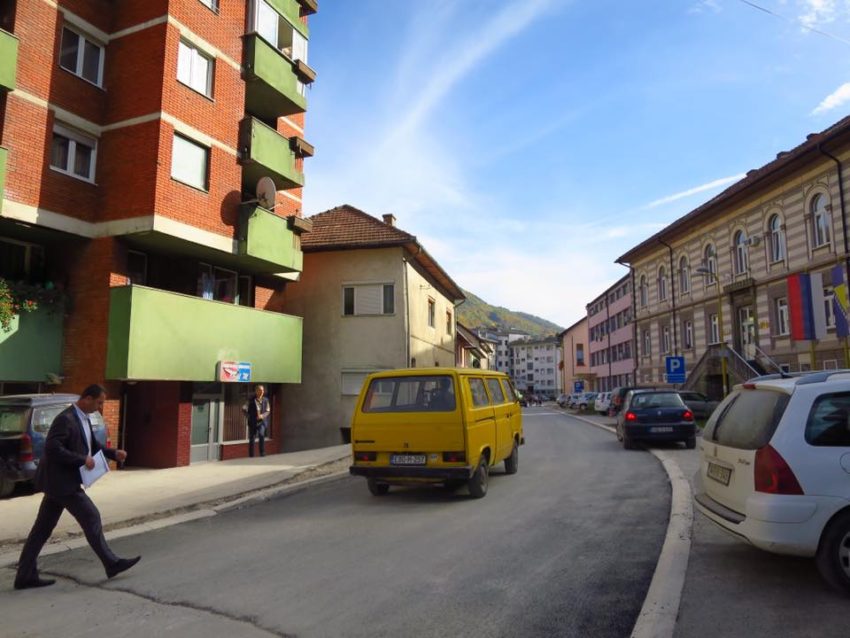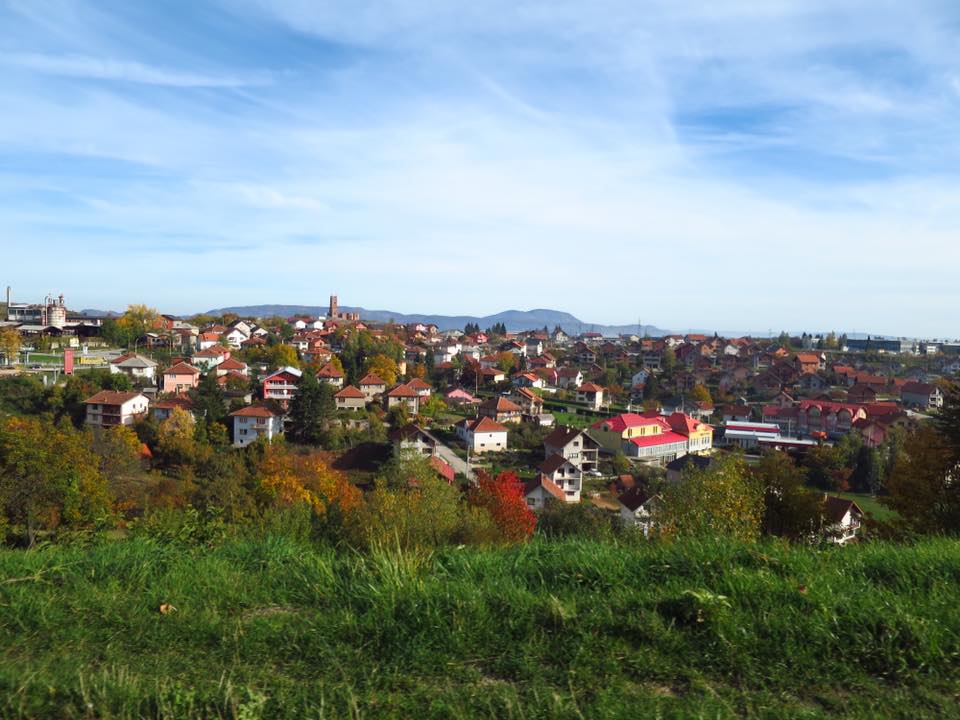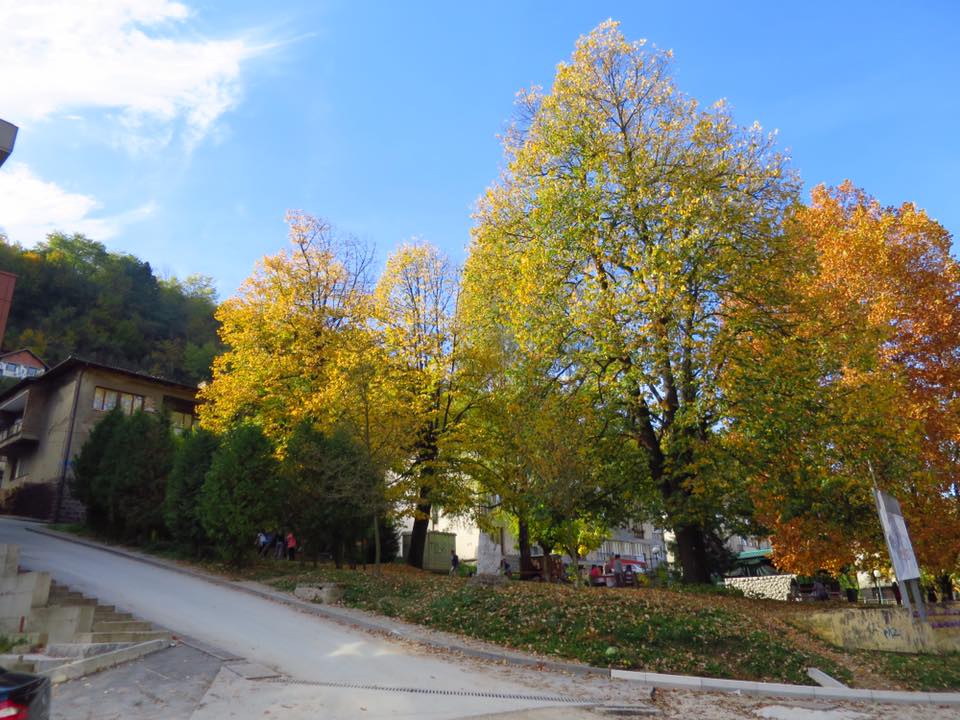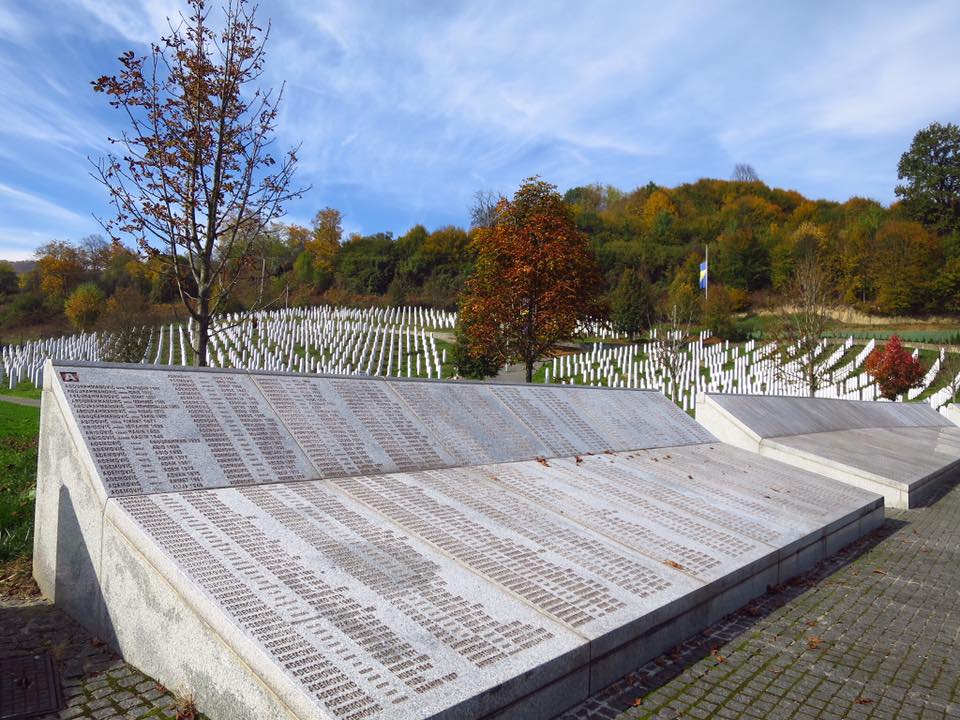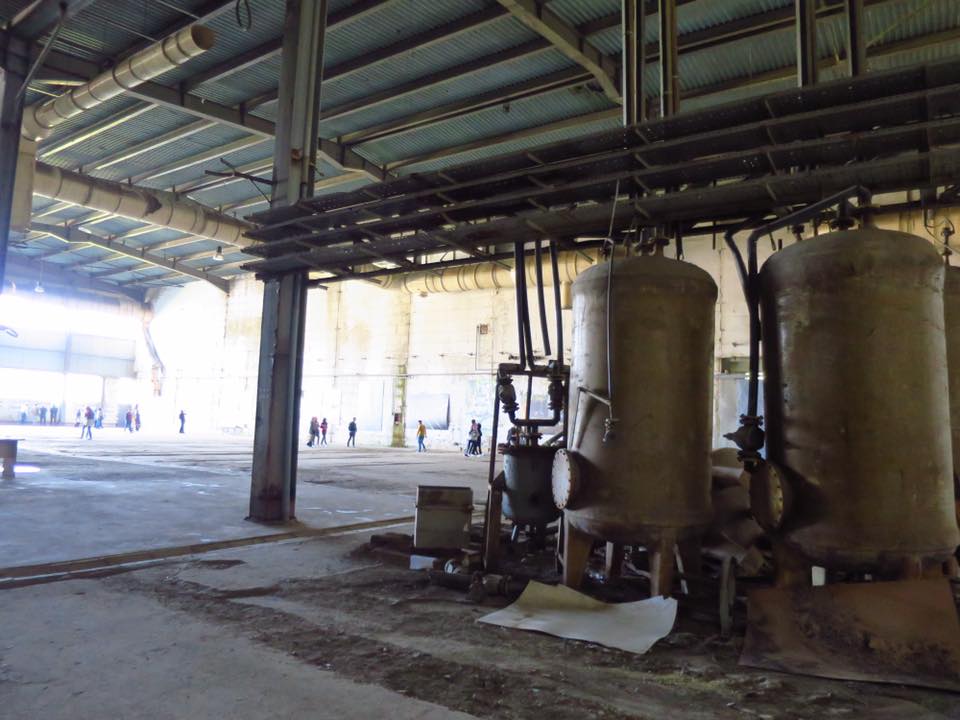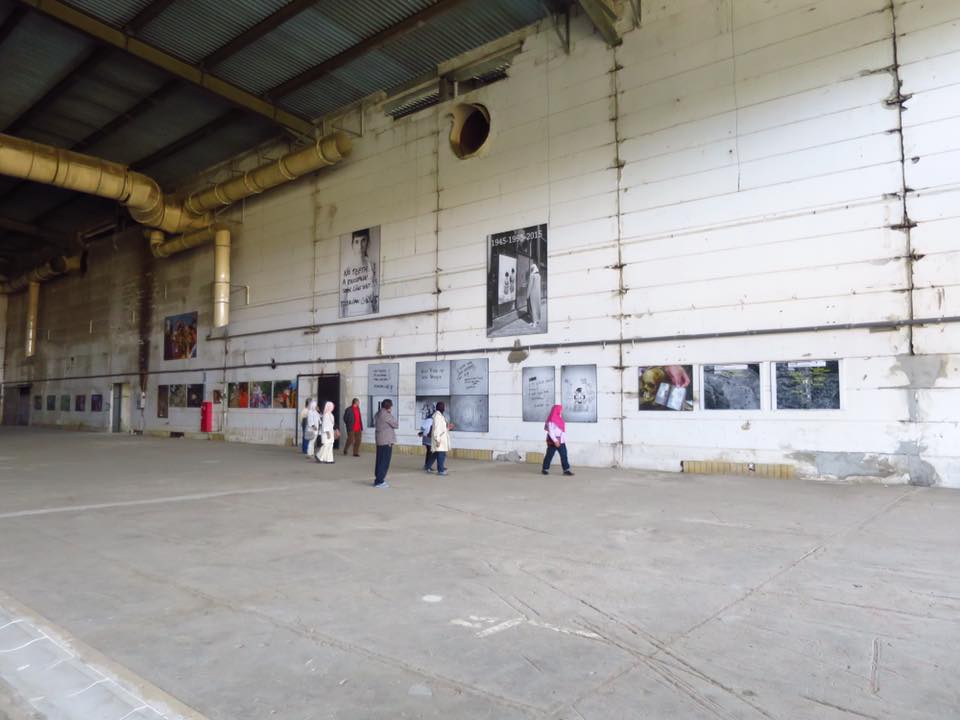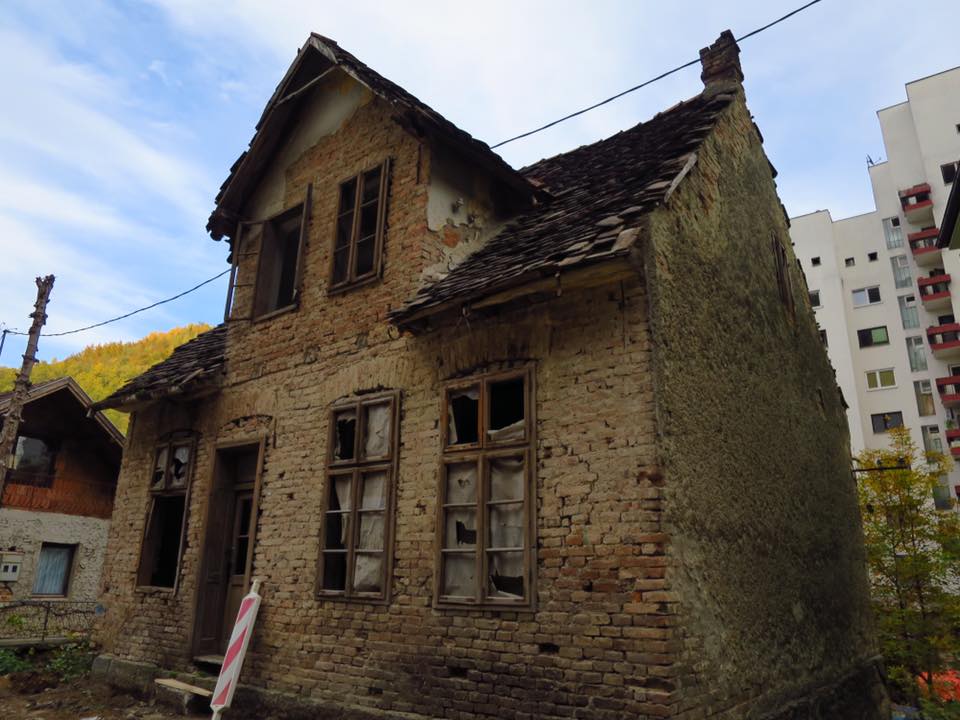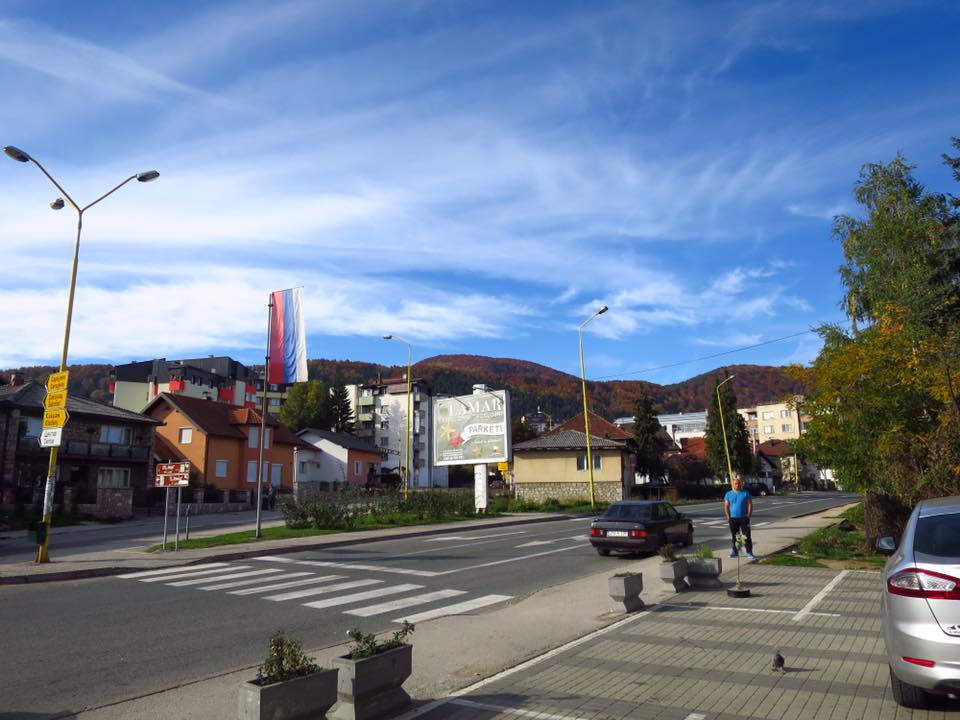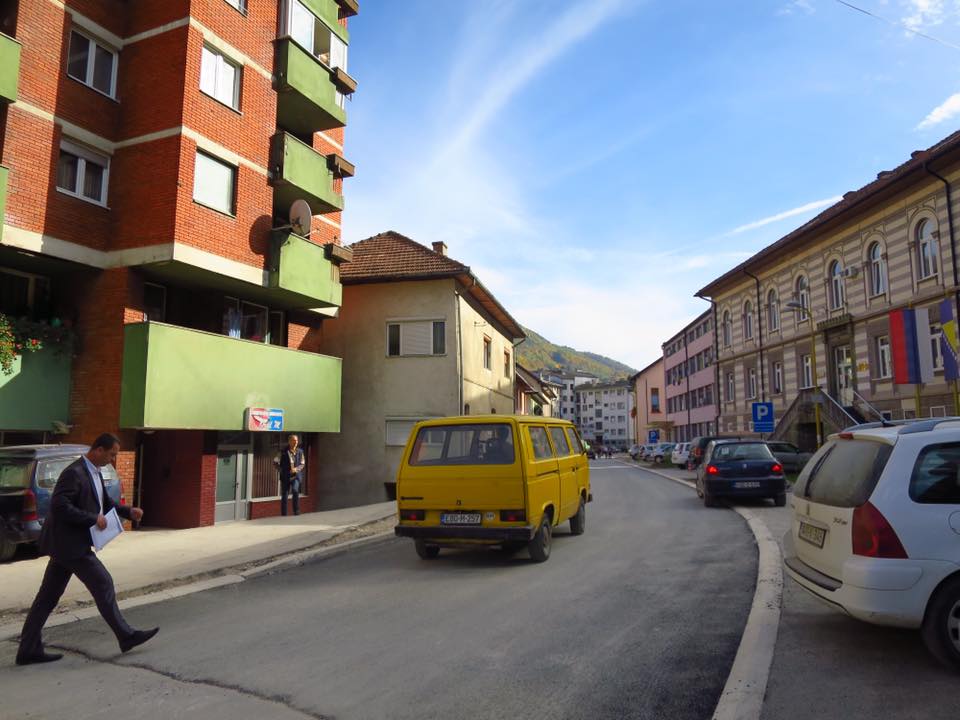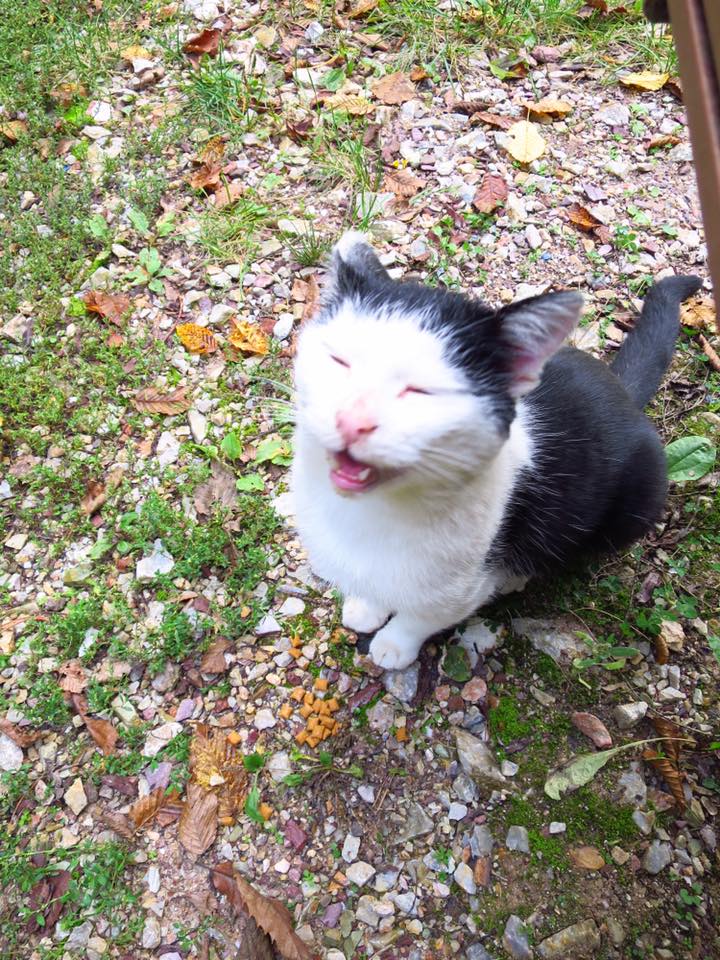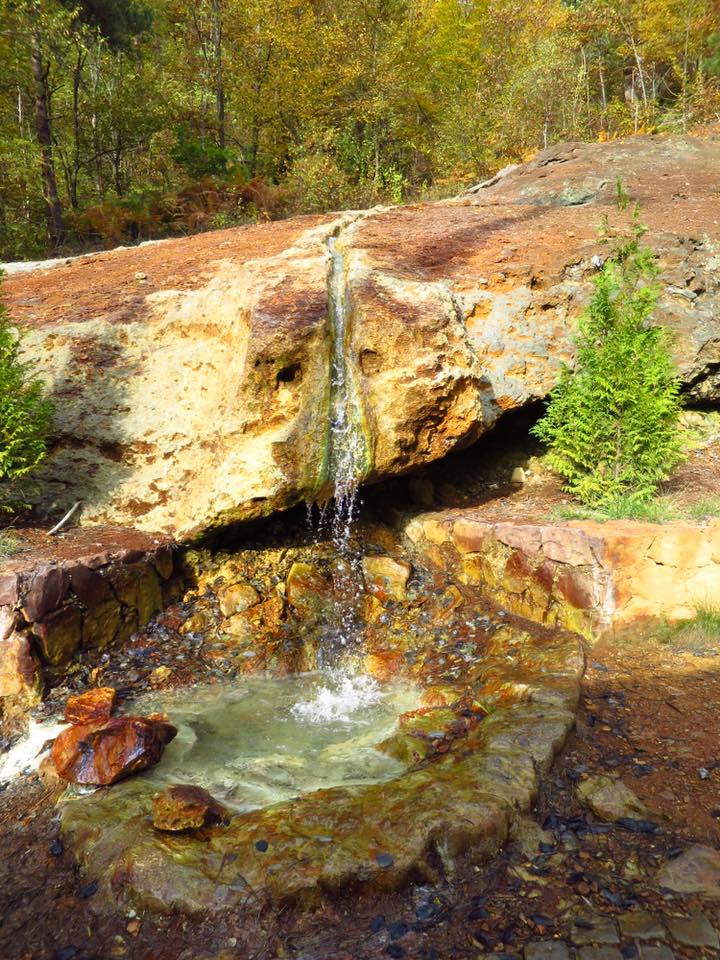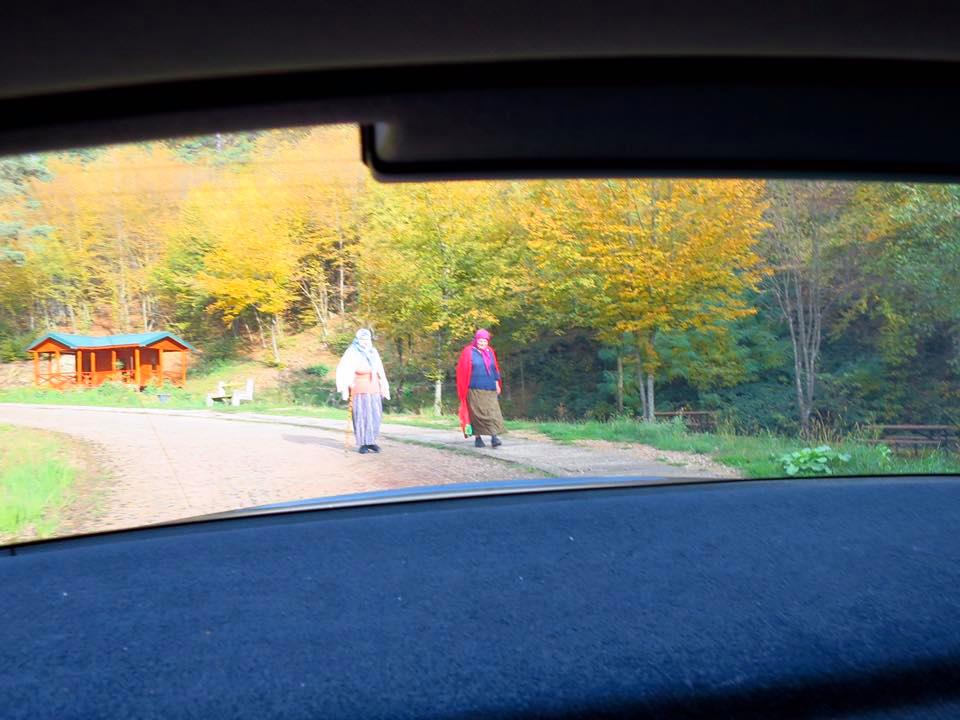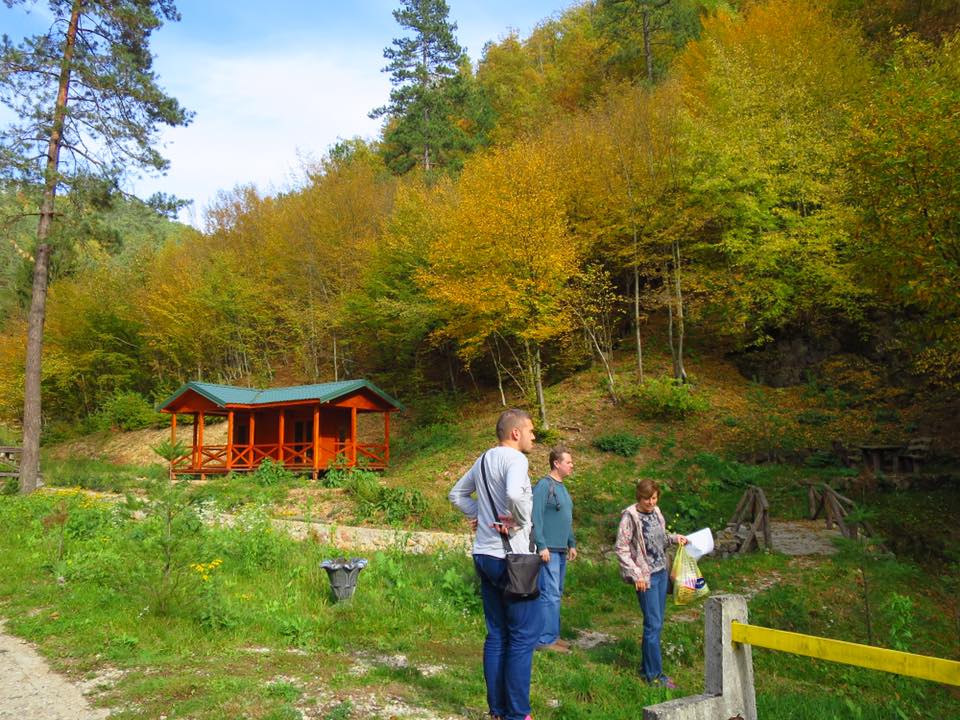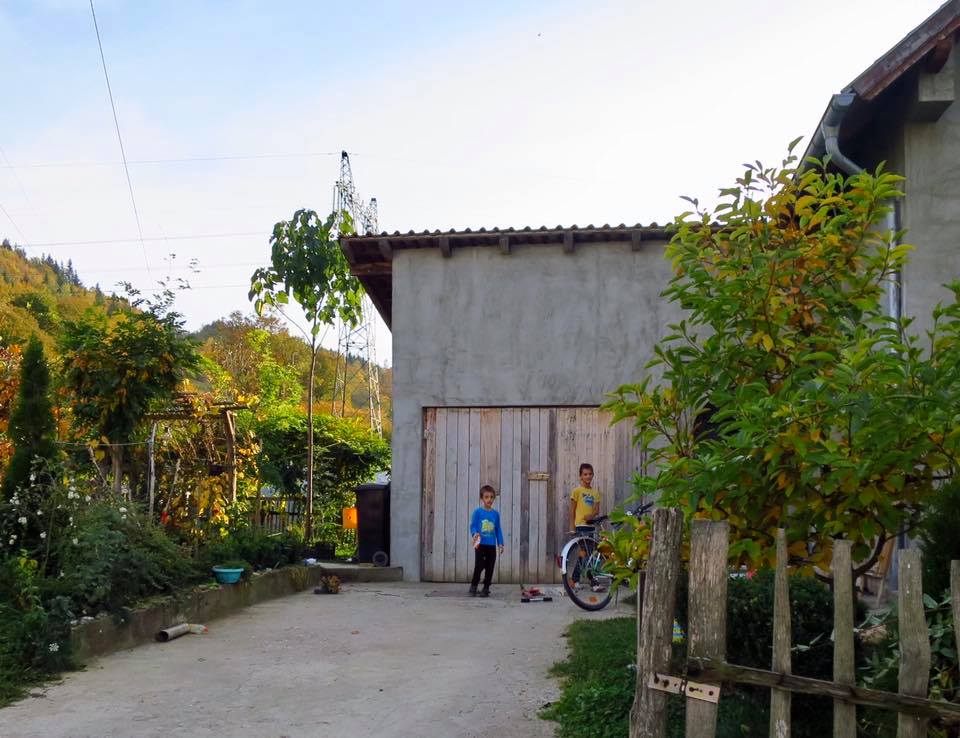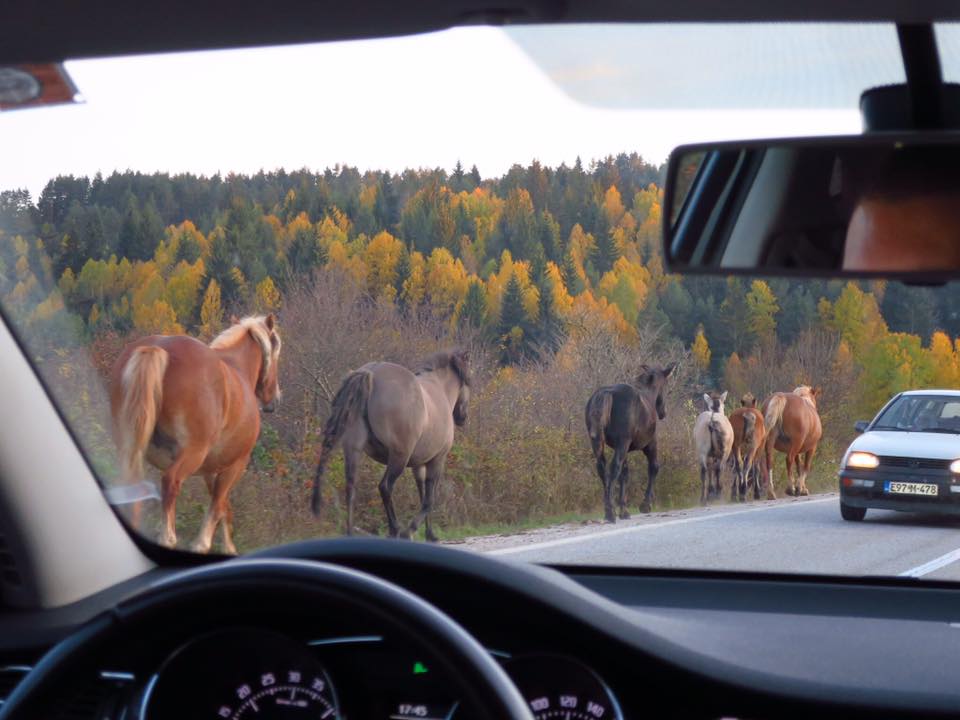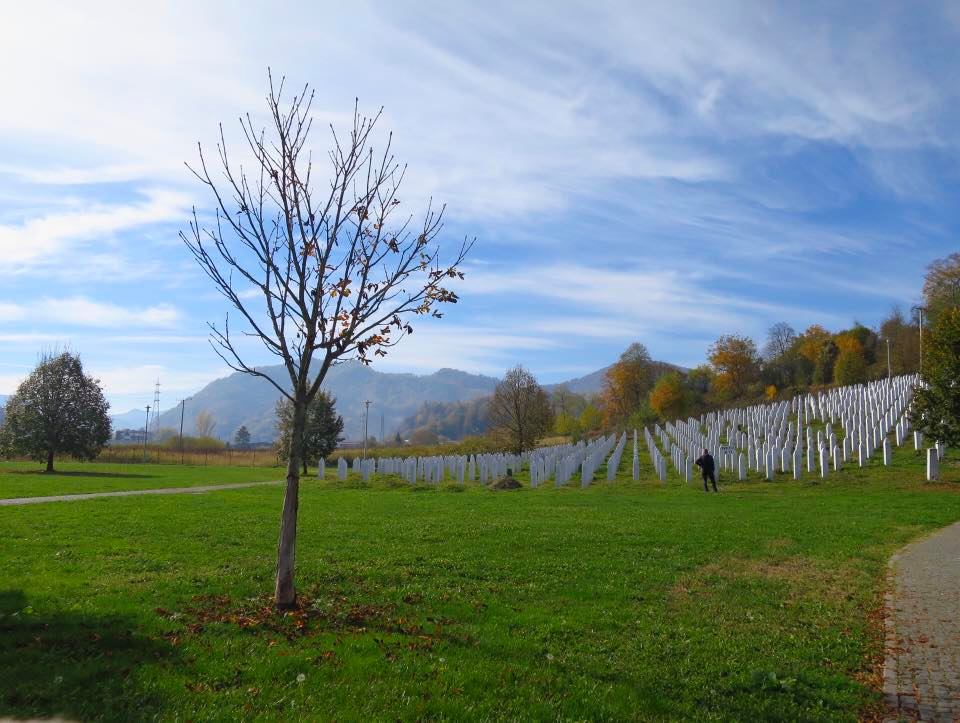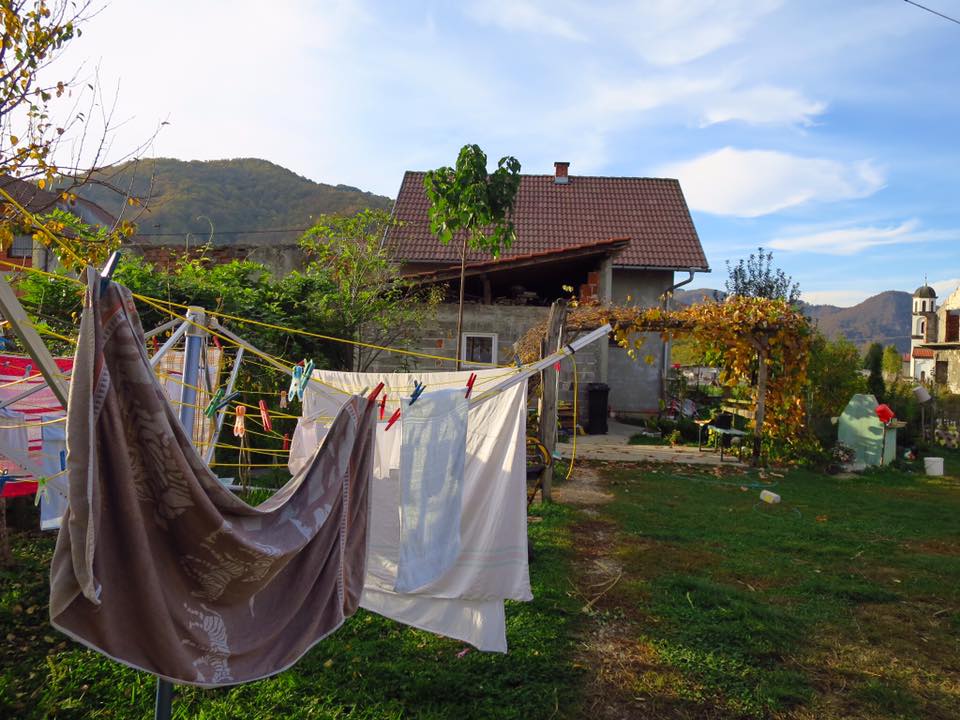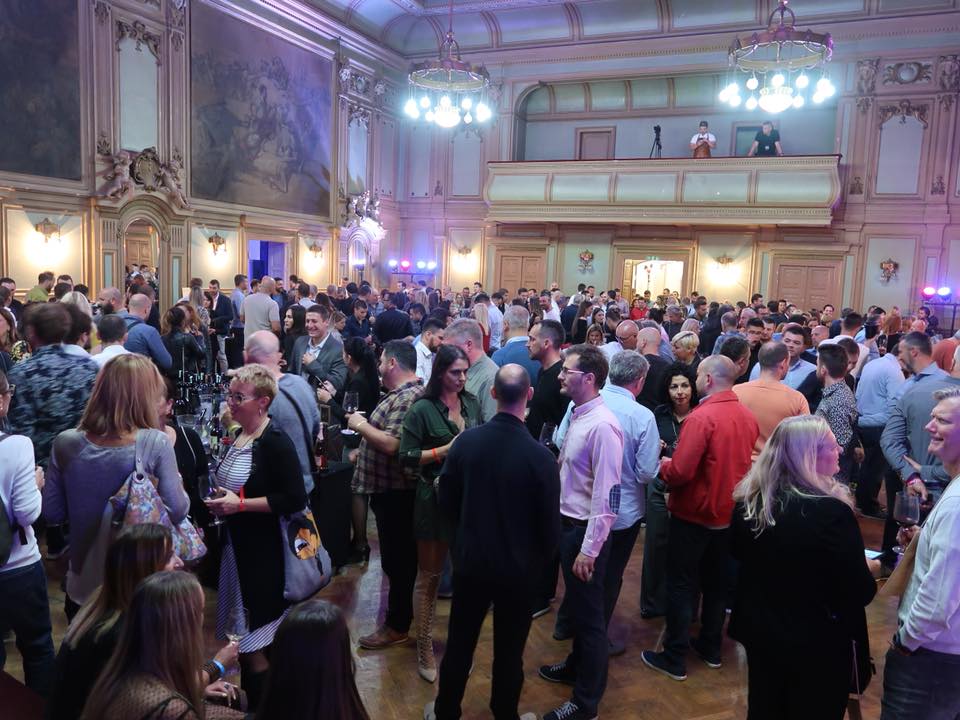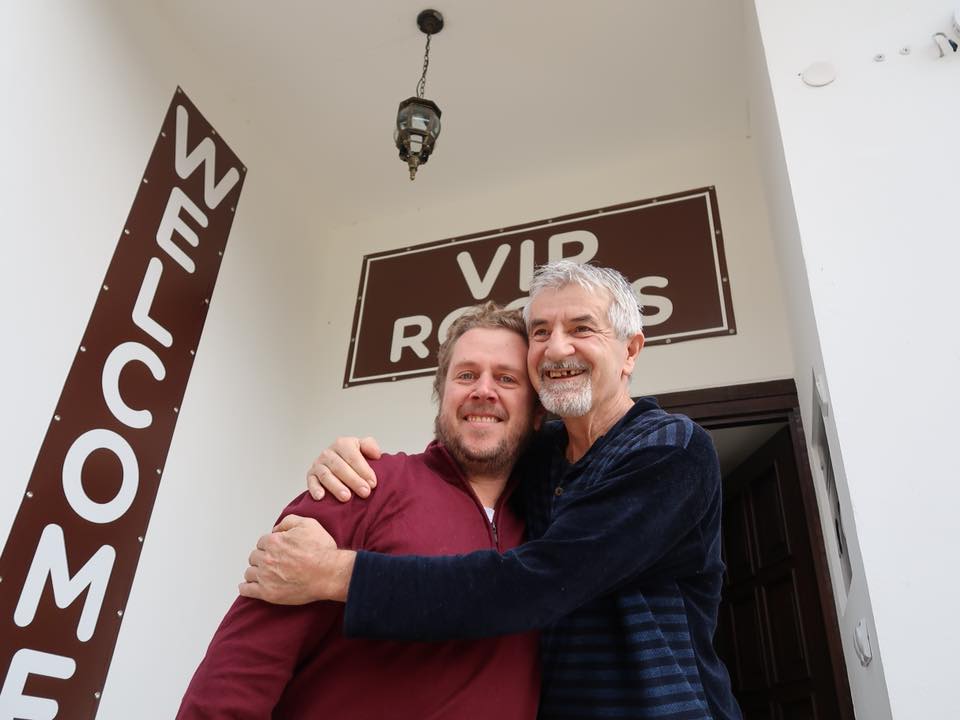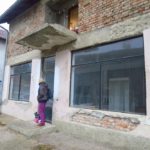The morning of October 18th, 2017 was a cold morning in Sarajevo, the capital of Bosnia and Herzegovina. Kenric and I were at the Sarajevo Funky Tours‘ office to meet our guide, Arna. I liked Arna immediately. She introduced us to the driver Faris. Arna had a few bags with her that she put into the trunk. She sat with me in the back, and off to Srebrenica Faris drove.
Arna’s first question was why we picked this tour. I told her I knew it was an important event, and wanted to learn about it. She thanked us much more genuinely than I had expected. The drive was expected to take about 2.5 hours. The further out of town we got, the clearer the sky became. The Bosnian countryside was beautiful. It was almost hard to imagine it was ravaged by war during my lifetime. Arna gave us some background information on the Bosnian War (1992-1995).
Briefly, my version: When Yugoslavia which was made up of six republics was fracturing in the early 90s, Slovenia and Croatia declared independence. Bosnia and Herzegovina held an independence referendum, and 99.7% of those who voted wanted independence too.
In 1991, the ethnic breakdown of the 4.38 million Bosnians was:
44% Bosniaks (Muslim)
31% Serbs (Orthodox Christians)
17% Croats (Catholic)
8% Yugoslavs and “Others”
The Serbs, either boycotted the referendum, or were prevented from voting because their leaders preferred to join with Serbia and Montenegro which had formed a new Yugoslav federation. The Serbs declared themselves an independent Republika Srpska. On April 5th, 1992, the Army of Republika Srpska, with the support of Serbia, laid siege on Sarajevo.
Around the country, Serbs started banishing Bosniaks from their homes, and taking their valuables like electronics, or moving in. Many Bosniaks were killed during ambushes, in concentration camps, and many more died while hiding in the jungles of hunger, exhaustion, illness, etc. Tens of thousands of Bosniak women were raped.
By 1995, more than 100,000 Bosnians had been killed. Every ethnic group was fighting every ethnic group, but the Bosniaks sustained the most brutal slaughters. About 80,000 of those killed were Bosniaks killed by Serbs, and to a lesser degree by Croats.
Malaysia sent humanitarian aid, deployed thousands of troops to assist the Bosnian government, and took in refugees. It is an admirable stance from a small country considering many big powers declined to intervene in what they called a civil war. The United Nations did deploy some troops for “peacekeeping”.
The Srebrenica area was declared a “safe zone” by the United Nations, and the peacekeeping there was done by a Dutch battalion. When Bosniaks in hiding heard about this safe zone, they started making their way there. Despite agreeing to respect the boundaries of the safe zone, the Serbs advanced on Srebrenica. The fleeing townspeople took refuge in a big factory compound in nearby Potocari guarded by the Dutch.
The peacekeepers’ request for UN air support got little result. July 11th, 1995, Ratko Mladic, “The Butcher of Bosnia”, and his army arrived at the factory. Not wanting to violate their UN peacekeeping role of not taking sides, the Dutch avoided conflict with the Serbs. I suspect they would have been overpowered anyway.
Empty buses began to arrive. They transported an estimated 23,000 women and children to be deported to Bosniak towns. Males between 12 and 77 were held back “for interrogations”. If the Dutch had any idea what would happen to these men and boys, they did nothing about it; or as some of them said in subsequent interviews, they couldn’t.
On July 13th (25 years ago, today), the Dutch handed 5,000 Bosniak men and boys to the Serbs in exchange for 14 Dutch peacekeepers who had been taken hostage. The men and boys were soon marched to their graves, lined up, and shot. Many were also forced into abandoned houses which were then bombarded with grenades.
Excavating the mass graves, and DNA analyses have taken a long time because many of those killed together were related, making identifying specific individuals very difficult. Years of effort yielded whole and partial bodies which have been reburied at Srebrenica Genocide Memorial Cemetery across the road from the factory where they had thought they would be safe.
When we arrived at the cemetery, there was a big group of tourists which I immediately recognized as Malaysians. The surrounding mountains made for a peaceful setting. We read as many of the thousands of names as we could. Many were so young. It was a very difficult morning.
We visited the big empty factory which is now a museum. The tears, the blood, the sweat, the human waste; the skeletal refugees who could barely hang on after years of war; their fear and the ultimate slap of betrayal; I tried, but I couldn’t even begin to imagine.
A large photo of a lady wearing a red sweater, white knee-length skirt with no shoes who hanged herself from a tree was chilling. I thought about the Chinese superstition that says the ghosts of people who died while wearing red are especially fierce. I hoped that that lady’s ghost haunted every one of the evil bastards.
After watching a video and checking out some of the exhibition rooms, we talked to a survivor, Hasan Hasanović, who is a curator at the memorial. He was speaking to the Malaysian group when we first arrived.
Hasan told us that when the Serb army descended upon his village, ethnic Serb villagers were given a chance to leave. Some Serb villagers were used as guards to make sure only the Serbs got to leave. Hasan was a teenager then. He and his family tried to leave anyway. On guard duty at the checkpoint was their Serb neighbor who knew that Hasan’s family was Bosniak and Muslim.
Unlike most socialist and communist countries that completely outlawed religion, Josip Tito, who ruled Yugoslavia from 1945 until his death in 1980, allowed some degree of religious freedom. Yugoslavia was doing well by many standards thanks in part to Tito’s success in keeping Stalin’s and subsequent Russian influence at bay.
Orthodox Christianity, Catholicism and Islam were practiced alongside one another. During Tito’s time and shortly after his death, people got along. Ultimately, they are the same people – Slav or Slavic people. East Slavs mainly live in countries like Russia and Ukraine; West Slavs mainly in countries like Poland and Czech; and South Slav mainly live in the Balkans. Serbs, Croats and Bosniaks are South Slavs, and before the war broke out, they were also Yugoslavs.
When Kenric and I visited Banja Luka, the “capital city” of Republika Srpska in 2018, I certainly couldn’t tell the largely Serb population there apart from the largely Bosniak population in Sarajevo unless it was a Muslim lady with a hijab. In the car, Arna said unless you look at their identity cards for their names, or know them personally, it’s quite a task to tell who’s who. I guess that was why the Serb army needed local villagers who know the people to guard the exit points.
Luckily for Hasan’s family, their Serb neighbor discreetly let them through. Most Bosniaks were not this lucky. And that’s one of the unfathomable things about this and other wars. Serbs who have lived alongside their Bosniak neighbors for decades, and coexisted in harmony with them suddenly bought into the hateful rhetoric that Muslims were vermin, diseased, and “Turks”.
Back in 1463, the Kingdom of Bosnia fell into the Ottoman Turks’ hands. By choice or by force, many locals converted to Islam, and intermarriage was common. Whether or not the Serbs were truly still holding a 500-year-old grudge, it only mattered that their vilification of the Bosniaks worked. Calling them “Turks” and “Muslims” was so effective in riling up every-day Serbs (and Croats) that they turned on their Bosniak neighbors, raping the women and girls, killing the men and boys, and living in their homes.
Hasan’s family wasn’t lucky, really. His father’s remains were identified not too long after the war. It took many more years to find the remains of his twin brother. I will never forget when he said burying his twin was like burying himself.
Eventually the major world powers finally found the political will to do something. In December 1995, the Dayton Accord was signed. Ratko Mladic, “The Butcher Of Bosnia”, was finally convicted of genocide and crimes against humanity at The Hague in 2017. The former President of Republika Srpska, Radovan Karadzic, lost his appeal in 2019.
Today, the country of Bosnia and Herzegovina has two different political entities as recognized under the peace agreement – The Federation of Bosnia and Herzegovina, and Republika Srpska. The population of the country in 2020 is down to 3.28 million.
We saw many dilapidated houses along the way to Srebrenica; the owners were either killed or dead, internally displaced, or living in their new countries. Srebrenica is now under the jurisdiction of Republika Srpska. While some Bosniaks have returned to their former homes, many moved to the Federation’s areas.
I had a really uneasy feeling when we stopped at a Supermarket for a bathroom break, and to buy food for our picnic lunch. Even middle-age housewives gave me chills. The way the locals sized us up was different from that of locals in other places. There’s only one reason tourists go to Srebrenica; to learn about their shame. They can’t be too happy about our presence.
I forced a smile and the cashier smiled back. She was in her forties. I wondered what she did during the war. I kept reminding myself that unless I know for sure someone did something bad during the war, I was to treat them as just another local. It was hard. We saw men working on small reconstruction projects around town. I wondered if those houses they were rebuilding really belonged to them. Teens and pre-teens went on their ways without a care.
A friendly kitty joined our picnic. Faris, a twenty-something, told us he visited his grandmother in Albania a long time ago and didn’t like it there. Kenric and I had a very different opinion of Albania a few weeks later. We asked Arna so many questions she really earned her money that day, but it was clear that she was not really doing it for the money. We were all very sad to say goodbye to kitty who followed us to the car.

After lunch we stopped by two of the many springs around Srebrenica. Arna warned that the mineral content in the water is too high to be consumed, but we could splatter it on our faces as the water can help with skin problems. Different springs have different mineral content, and were even prescribed by doctors for different ailments such rheumatism, anemia, skin problems, etc.
During the Austro-Hungarian time, bottled water from the local Guber Springs was exported to the United States and Canada. During Tito’s time, there were hotels and a sanitarium near the springs. Kenric recalls seeing the abandoned big buildings that Yugoslavians once visited for treatment which now serve as a reminder, and hopefully also as a cautionary tale, of how fragile peace can be.
Leaving the springs, Arna told Faris to pull over when she saw two old ladies strolling. She got out and gave them a bar of chocolate from one of her bags in the trunk along with some old newspapers and magazines in a reusable tote bag. I offered to give them the picnic leftovers, but she asked if I would mind saving them for a family that “is in an even more modest situation.” I snapped a photo of the ladies. They waved. Arna said what she did won’t change the ladies’ lives, but it could make their day just a little better. She also said that the ladies weren’t that old; just aged by the war. I think that was also true for the lady at the store across from the cemetery where we bought Hasan’s book Surviving Srebrenica. She was still waiting for the remains of her husband and son to be found.
When we arrived at the “more-modest” war returnee family’s farm, we were greeted by a young girl and her little brother. The girl, about 11, told Arna their parents had gone to the forest to chop wood that day; a dangerous task as there were still landmines that had not been cleared. Arna handed her the bags she brought. Among other things were loaves of fresh bread. She said, bringing them bread saves the mother a lot of time and effort. The girl was cooking the cows’ dinner – squash and potatoes. Farmers far away from big towns simply can’t sell all that they grow. We bought some peppers and tomatoes from them. So did Arna. It was nice picking them in the greenhouse.
The boy who was seven was eager to show us their young calf and sheep, but his beloved cat was hiding. We gave him all the cats treats we had. “Thank you!” When we were back in the US for Christmas we sent Arna a care package. I included a beautiful notebook for the girl, and a tub of Temptations cat treats for the boy. Arna said they loved them.
Arna, Faris, Kenric, the golden sky, the fall foliage, the herd of wild horses that galloped beside our car for a fleeting moment, the genocide survivors, the war-returnee family, the 8,372 gravestones; the adult townspeople who knew what happened but don’t talk about it; the young townspeople who were oblivious to the atrocities but never curious enough to ask about the big cemetery; the haunting beauty of the Bosnian countryside; all for different reasons, make me want to be a better person every single day since that life-changing visit 999 days ago.
